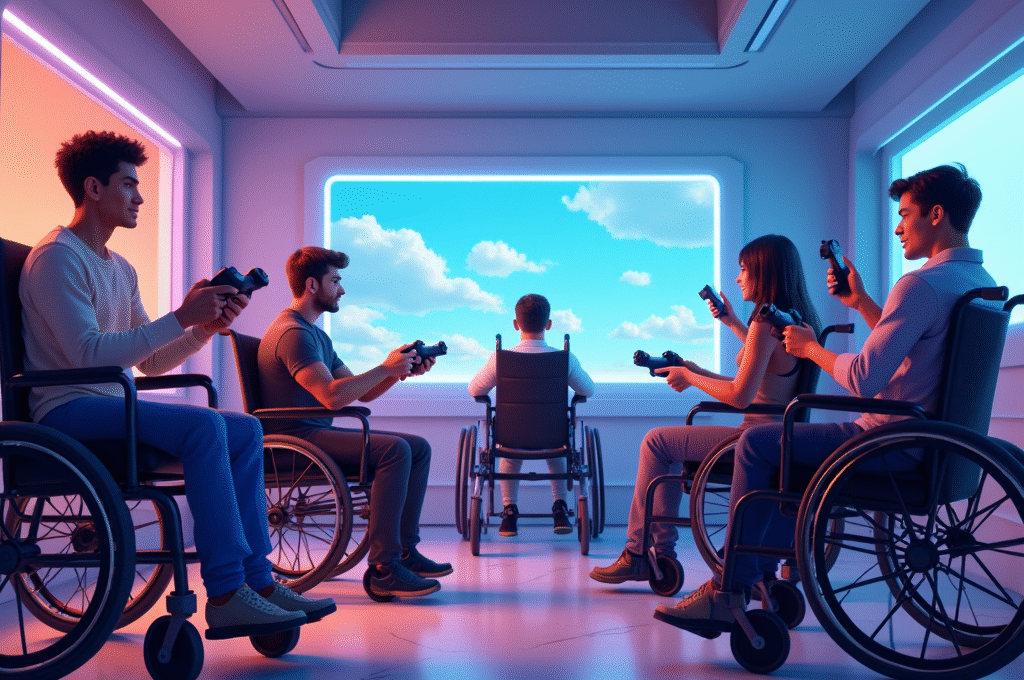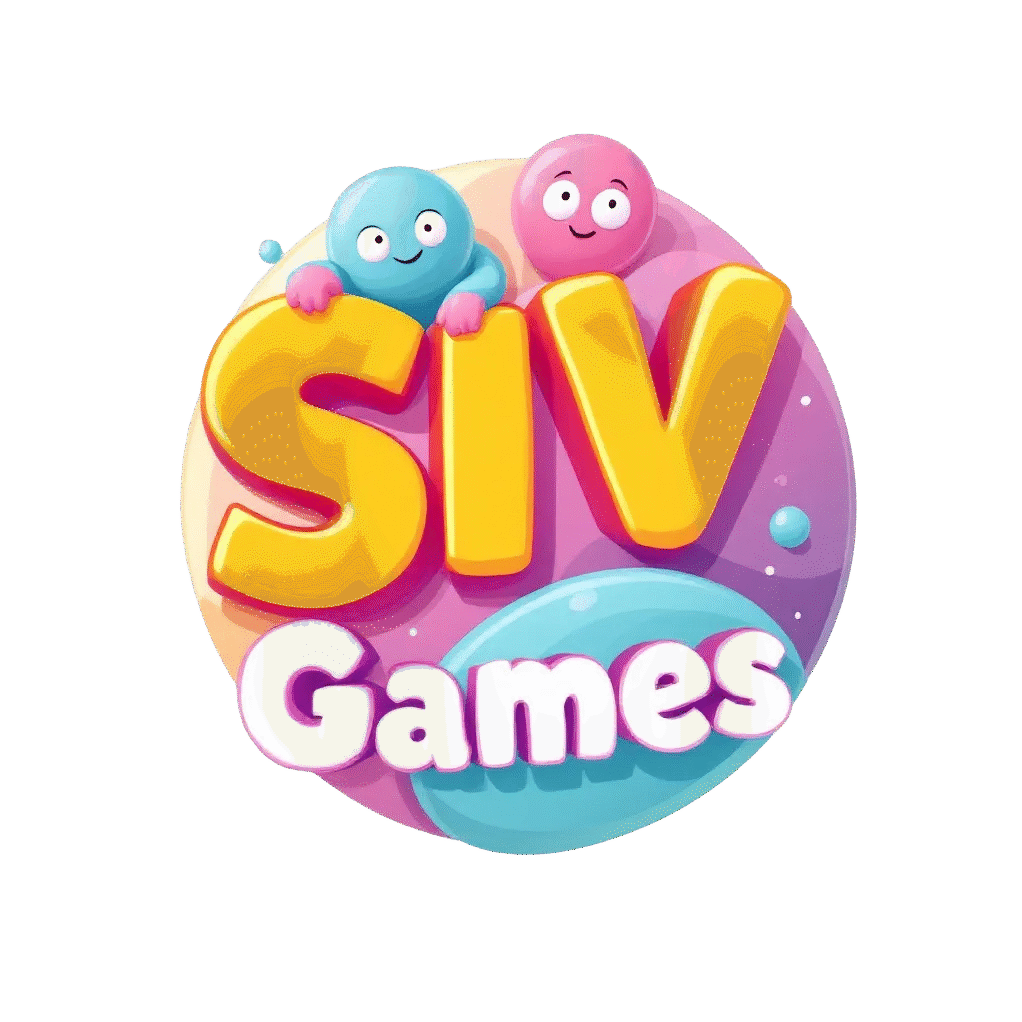**1. Introduction: The Power of Inclusive Game Design 🎮**
As the global gaming industry continues to grow, reaching an audience of over three billion players in 2024, the demand for accessible games has become more than just a moral imperative—it’s now a business necessity. Game accessibility means designing games so that all players, including those with disabilities, can enjoy gameplay without unnecessary barriers. From visual impairments to limited mobility and cognitive challenges, millions of players face obstacles that can easily be mitigated with thoughtful design.
In this post, we’ll explore the importance of inclusive game design, share practical strategies for improving in-game accessibility, and highlight how embracing accessibility can benefit both players and developers.
**2. Why Accessibility in Games Matters Now More Than Ever 🧠**
Accessibility in games has made significant strides in recent years, but there’s still a long way to go. According to the World Health Organization, over 1 billion people live with some form of disability. This includes vision, hearing, motor, and cognitive impairments—all of which can affect how someone experiences a game.
Several key factors are driving the importance of accessibility:
– **Legal Requirements**: Digital accessibility is being reinforced by global legislation, including Section 508 in the US and the European Accessibility Act in the EU.
– **Market Reach**: Games that are accessible tap into a broader player base, increasing adoption and revenue.
– **Player Retention**: Accessible games create a more satisfying, inclusive experience, which leads to stronger user engagement and retention.
– **Social Responsibility**: Inclusive design promotes equity, allowing all players to enjoy and participate in the cultural phenomenon that is gaming.
**3. Pioneering Examples of Accessibility in Modern Games 🚀**
Some groundbreaking titles have set phenomenal standards for accessibility. Here are a few standout examples:
– **The Last of Us Part II (Naughty Dog)**: With over 60 accessibility options, this game has been widely praised for its comprehensive support for blind and low-vision players, including audio cues, high contrast modes, and simplified controls.
– **Forza Horizon 5 (Playground Games)**: Introduced sign language interpreters in cutscenes and customizable gameplay speeds.
– **Celeste (Matt Makes Games)**: An indie title with an Assist Mode that lets players tailor difficulty to their needs, without shaming or penalizing them for it.
These examples demonstrate that accessibility doesn’t compromise gameplay—it enhances it.
**4. Key Accessibility Features Every Developer Should Consider 🛠️**
Whether you’re working on a AAA blockbuster or an indie darling, here are essential accessibility features to implement:
– **Customizable Controls**: Allow players to remap buttons and adjust input sensitivity.
– **Text Scaling & High Contrast Modes**: Ensure UI elements are readable with adjustable font sizes and colorblind-friendly options.
– **Subtitles & Closed Captions**: Include accurate, well-timed captions with speaker identification.
– **Audio Cues and Visual Alerts**: Supplement audio with visual indicators and vibrations.
– **Simplified Game Modes**: Offer Assist and difficulty options that let players personalize their challenge level.
– **Screen Reader Support**: Enable compatibility with popular screen readers for players with visual impairments.
– **Tutorial Bypasses**: Let experienced or returning players skip or replay instructional content as needed.
**5. Accessibility Doesn’t Mean Compromise—It Means Better Design 🎨**
A common misconception is that accessibility detracts from artistic vision. In reality, accessible design often leads to better overall UX. Streamlined menus, intuitive navigation, and flexible controls benefit all players—not just those with disabilities.
Think of features like subtitles, quick-time event toggles, or adjustable game speeds. These have become standard not because they’re required, but because they enhance the enjoyment and control for a diverse player base.
**6. Tools and Frameworks to Help You Build Accessibly 🧰**
There’s no need to reinvent the wheel. Numerous tools and guidelines can assist developers in creating more accessible experiences:
– **Game Accessibility Guidelines (gameaccessibilityguidelines.com)**: A comprehensive resource divided by experience levels.
– **Xbox Accessibility Guidelines**: Offers detailed design specs and testing standards.
– **Unity and Unreal Accessibility Tools**: Both engines now have either built-in or 3rd-party plugins that enable accessibility features.
– **AbleGamers’ APX (Accessible Player Experiences)**: A professional design framework that can be integrated into your development pipeline.
**7. Building Inclusively from Day One 🏗️**
The most effective way to ensure accessibility in your game is to plan for it early in development. Retrofitting features is often more expensive and less effective. Building inclusively from the outset means:
– Incorporating accessibility audits in your QA cycle
– Conducting playtests with gamers who have disabilities
– Allocating budget and time for inclusive UI/UX design
– Staying up-to-date with guidelines and player feedback
**8. Listening to Diverse Voices: Community Matters 💬**
Accessibility is not just about features—it’s about community. Engaging with players who have lived experiences with disability ensures your game truly meets their needs. Consider creating feedback channels, hosting community beta tests, or collaborating with accessibility consultants.
Creators and streamers with disabilities also serve as powerful advocates. Supporting their voices and giving them early access not only helps testing—it fosters goodwill and leads to word-of-mouth marketing.
**9. The Business Case for Accessibility 📈**
Incorporating accessibility is not just the right thing to do—it’s also smart business. Here’s why:
– **Expanded Audience**: Millions of potential players appreciate and rely on accessibility features.
– **Positive PR**: Accessibility innovations are often featured in media and spark community goodwill.
– **Award Recognition**: Categories like Innovation in Accessibility at The Game Awards highlight accessibility as part of industry excellence.
Inclusive games don’t just gain players—they build loyal fanbases.
**10. Conclusion: Start Small, Think Big 🌍**
Accessibility is a journey, not a checkbox. Whether you’re adding subtitles for the first time or adopting sign language cutscenes, every improvement counts. The aim isn’t perfection—it’s progress toward making games more inclusive, immersive, and enjoyable for everyone.
By embracing accessible design, you’re not just improving your game. You’re helping redefine the future of gaming itself—one that welcomes all players, regardless of ability.
Let’s commit to creating worlds where everybody—every body—can play.
**Resources and Further Reading:**
– [Game Accessibility Guidelines](https://gameaccessibilityguidelines.com/)
– [AbleGamers Charity](https://ablegamers.org/)
– [Xbox Accessibility Guidelines ](https://www.xbox.com/en-US/developers/accessibility/guidelines)
– [GDC Vault Accessibility Talks](https://www.gdcvault.com/)


